
Christmas Celebrations in Palma de Mallorca
Get into the festive spirit at Palma's annual Christmas Fair.
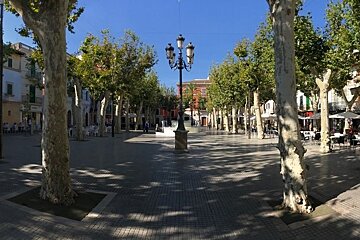
© Ajuntament de sa Pobla
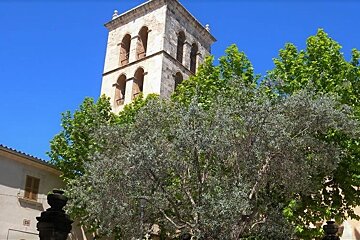
© SeeMallorca.com
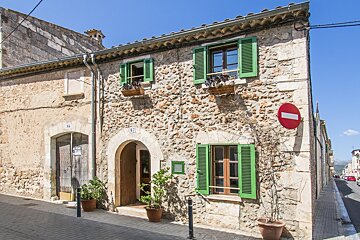
© JS Properties
Traditional rural town in the north of Majorca
Sa Pobla, 4km north of Muro, is known as Mallorca's vegetable basket. This fertile area of marshes reclaimed as farmland is referred to as 'the land of a thousand windmills', and there is a decent autumn fair that showcases their local agricultural produce in November. Some of these wetlands have been protected as part of s'Albufera Natural Park.
It is also the home of one of Majorca's most unusual festivals, the Revelta de Sant Antoni. For two days each January pets are led through the town to be blessed outside the church, dancers drive out the devil for the coming year, and everyone eats pastries filled with spicy spinach and marsh eels.
Sant Antoni is arguably the biggest night in Sa Pobla, where devils run through the streets. Saint Anthony was adopted as the patron saint of Sa Pobla, and as early as the Middle Ages pets and livestock were taken to town for the priest to bless them. Anthony was a Christian monk that lived in Egypt in the 3rd centruy who turned his back on earthly pleasures when he turned to God, even though demons frequently tempted him, making him known as the ‘father of monks’.
As well as religious festivals Sa Pobla holds a jazz festival that takes place every August.

Get into the festive spirit at Palma's annual Christmas Fair.

The Puerto Portals Christmas Market is one of the most popular in Mallorca and it will be open until January.

The charming Pueblo Español, a reconstructed Spanish village near the centre of Palma, turns into an outdoor market at the beginning of December.

The glamorous marina of Port Adriano are setting up an eco-friendly ice rink on their marina. Come and ice skate with the whole family for free!

A spectacular Christmas show, a festive market, ice skating and more at Mallorca's legendary entertainment venue.

Spain, being predominantly Catholic, worships its saints devoutly. Every day of the year has a saints name associated with it and some are honoured with celebrations. January is a busy month, with Saint Anthony's day on 17 January and Saint Inés following shortly after, on 21 January.
The earliest signs of human presence in this area date back to the Talayotic period. Small archaeological remains from this time, such as Sa Paret des Moros and Cap de Bou de Talapi, suggest early human activity in the region.
The Romans arrived in the Balearic Islands in 123 BC under Quintus Caecilius Metellus. In the area now known as Crestatx, discoveries of amphorae, ceramics and coins point to a Roman presence. The name “Crestatx” comes from the Latin word castra, meaning “camp”, which supports the idea that the earliest settlement linked to what is now Sa Pobla began there.
During Muslim rule, Sa Pobla belonged to the Inca district and was known as "Huayar-Alfar" or "Huayar-Alfhas," meaning "elms of the field" or "water of the meadow." Evidence of this period remains in waterwheels, fountains and place names like Talapi, Sa Marjal and el Rafal.
The area likely offered little resistance to King Jaume I during the conquest of Mallorca in 1229. According to the Llibre del Repartiment, the king granted land to knights from Barcelona who joined the campaign. Sa Pobla was officially founded in 1300 under the Ordinacions of Jaume II. A new settlement was established on the site of the current town, replacing the earlier centre at Crestatx
A period of intense social conflict, with Sa Pobla playing a key role due to its location and agricultural importance. Major uprisings like the Revolta Forana (1450–53) and the Germanies (1520–23) led to clashes between peasants and Palma’s landowning classes. Notable battles include Muro (1451), Son Sabater (1522) and Son Fornari (1522).
During these years Sa Pobla faced severe subsistence crises caused by poor harvests and drought. A major economic shift came in the late 19th century, when new farming techniques and the drying of the Albufera boosted agricultural output. This transformation made Sa Pobla one of the island’s most prosperous areas, marked by the arrival of the railway in 1878.
Today, agriculture remains central to the local economy. Sa Pobla is especially known for its large-scale potato production, with much of it exported to the UK. In recent years, the service sector and holiday tourism have also grown steadily.
The most important buildings in Sa Pobla are the rural “possessions” and stately homes, once residences of the wealthy classes. These large estates, often with chapels, mills and storage facilities, functioned as rural villages supporting agricultural life. Many date back to before the Christian conquest in 1229, with origins in prehistoric, Roman and Islamic periods. Today, many possessions are being restored, with some adapted for tourism. Most names follow the “Son” prefix, meaning “property of,” linked to the original owner’s name.
Sa Pobla is home to 15 protected religious sites valued for their historical and artistic significance. These include rural oratories on old estates, the municipal cemetery and the Parish Church of Sant Antoni Abat. Many have survived over time thanks to ongoing use and devotion. The church, near the Plaza Mayor, is considered the town’s main landmark, alongside other notable sites like the cemetery, the Crestatx Oratory and several historic crosses.
The arts are well represented here, with a contemporary art gallery Can Planes.

Can Planes Museum of Contemporary Art is located in sa Pobla in the north of Mallorca. It occupies the ground floor of the old manor house Can Planes that was refurbished and modified in 1998. It's permanent collection is composed of over a hundred works by artists living in Mallorca.
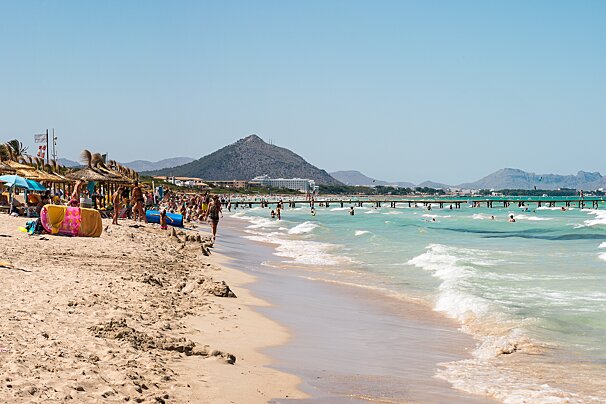
Playa de Muro is a beautiful 6 kilometre long, Blue Flag award-winning, white sandy beach in the north of Mallorca. It's generally quieter than neighbouring Alcudia beach because of its out of town location.

Situated 10km away from Alcudia on Mallorca’s northern coast, Playa de Ca’n Picafort is a busy yet beautiful expanse of soft white sand with clear blue waters. This small fishing village turned purpose-built-resort, mostly caters to tourists and all-inclusive holidaymakers, who arrive by the bus load every summer.

This beautiful and popular ‘Blue Flag’ beach boasting fine white sand, stretches more than 3 kilometres east from Port d'Alcúdia. This breath-taking beach is one of the reasons why Port d'Alcúdia remains so popular with holiday makers year after year.

The beach at Son Baulo is a good antidote to the heaving masses and consumerism of neighbouring Ca’n Picafort. Still busy and still boasting everything you need, Son Baulo has managed to retain some character and a bit more class than its larger and better-known neighbour.

Take a coastal stroll or cycle to the little hidden gem Platya des Morer Vermell just north of Alcudia, with its white sand and calm waters perfect for snorkelling.

Mal Pas - consisting of Playa de Sant Pere and Playa de Sant Joan, are two quiet, beautiful beaches just to the north-east of Alcudia
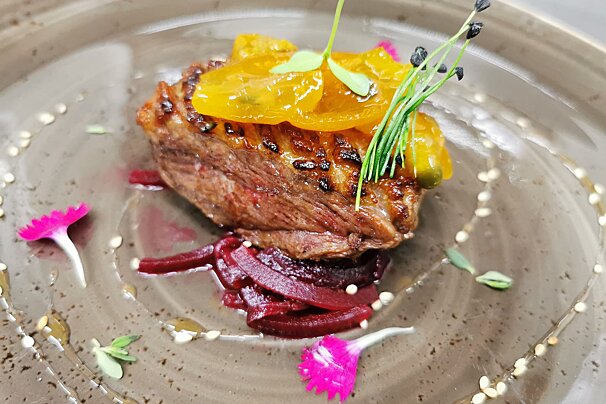
A unique Mallorcan venue offering tasting menus featuring high quality, curated dishes
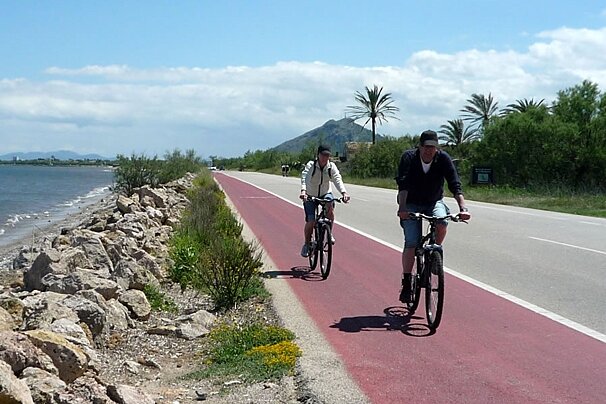
An easy ride if you are used to road biking and at 44km this route could be a good challenge for a beginner!

An easy route more suited to someone with a bit of road cycling experience due to the nature of the hills and busy roads.
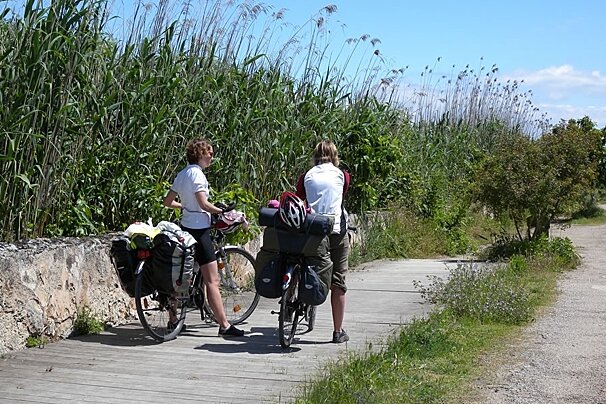
Combining nature, bird spotting and a bit of exercise with a cycle round the nature reserve by the holiday resort of Puerto Alcudia.
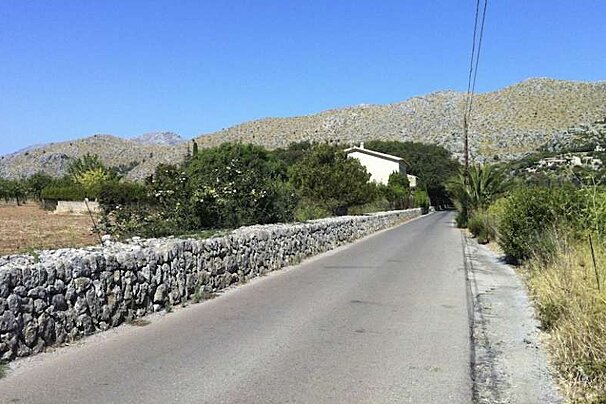
100,000 cyclists cannot be wrong. Mallorca is one of the most popular and idyllic islands for cycling with it's plentiful flat farm roads and challenging hill climbs.
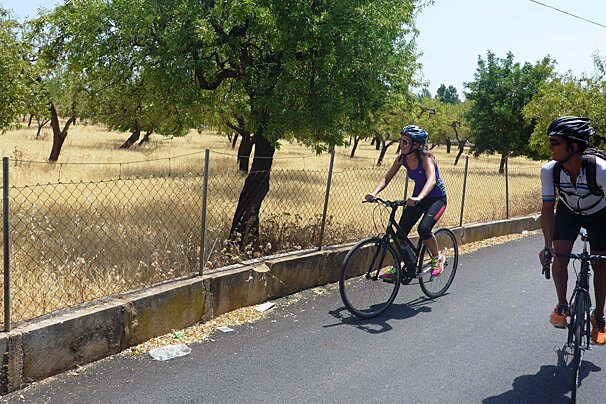
A cycling tour with Mills and Honey isn't just about cycling, it's about immersing yourself in the landscape, culture and flavours of the island.

Beginner (or intermediate if you want to ride it at pace!) cycle route that uses the purpose built paths around the Alcudia area.

Campanet is located in the north-west of Mallorca, about 8 km north of Inca. In Campanet, the parish church is worth a visit. It was built in 1717, and its outstanding feature is the sculpture on the altar. The church holds the relics of the Martyr San Victoriano, the complete body of the saint dressed as a warrior.
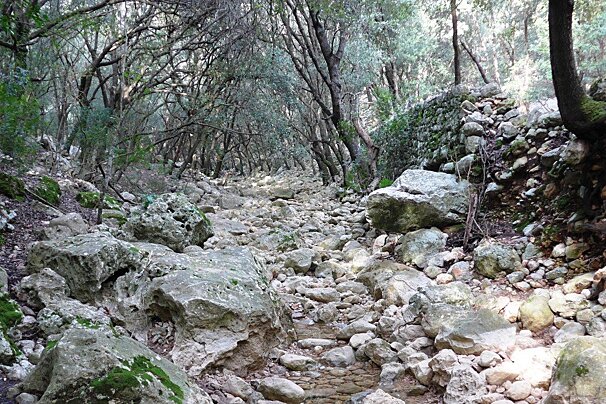
Ses Fonts Ufanes is a protected area of natural springs on the outskirts of Campanet. It's the perfect place for a relaxing walk with all the family. Although there are plenty of coastal walks on the island, it's rare to be able to stroll along a riverbank and enjoy the sound of gushing water.
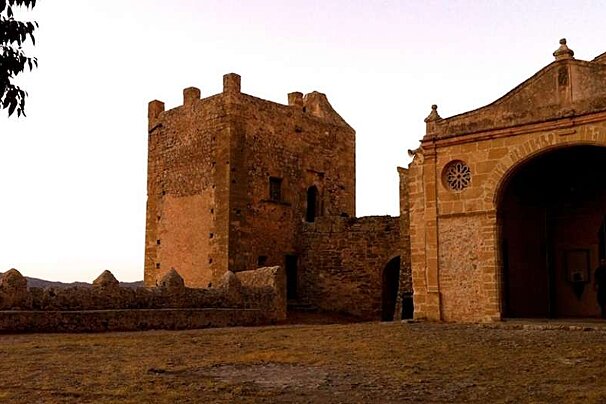
The Puig de Maria, more formally known as ‘Santuari de la Mare de Déu del Puig’ is a small hill that overlooks the town of Pollenca in the North of Mallorca.
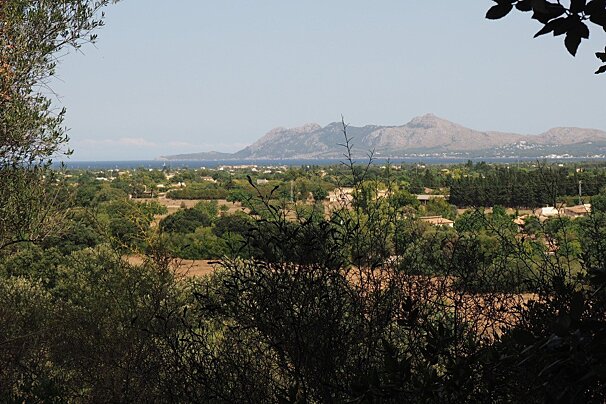
A walk around the Puig de Santuiri - a peaceful and secluded natural park perfect for a hike or a picnic with the whole family.
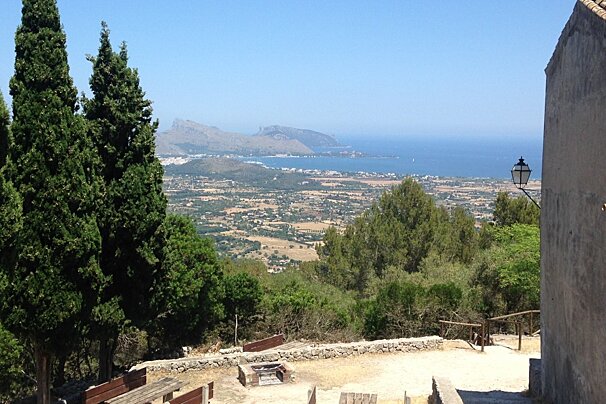
The Puig de Maria sits overlooking the town of Pollensa in the north-east of the island of Mallorca.
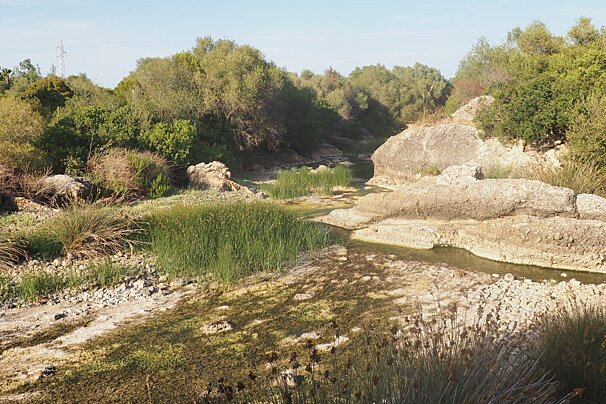
S'Albufereta is Mallorca’s third largest wetland area comprised of 211 hectares of protected park land as well as a further 290 hectares of surrounding land, which is semi-regulated so as not to adversely affect the nature park.



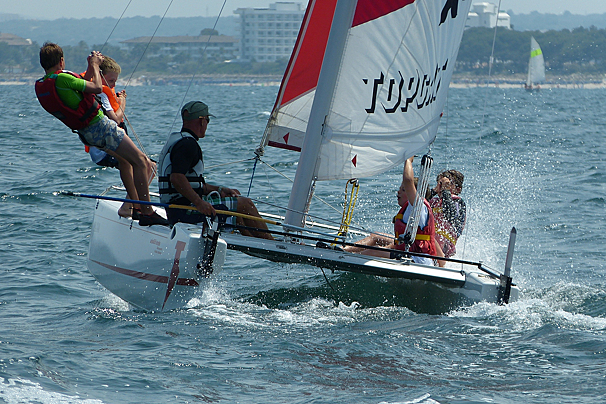
Catamarans are the Formula 1 of sailing. Built for speed you'll get a real thrill from racing the waves.
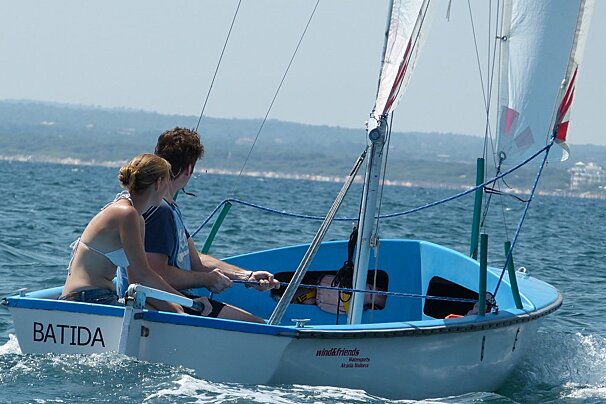
Sailing courses on dinghies for all abilities!
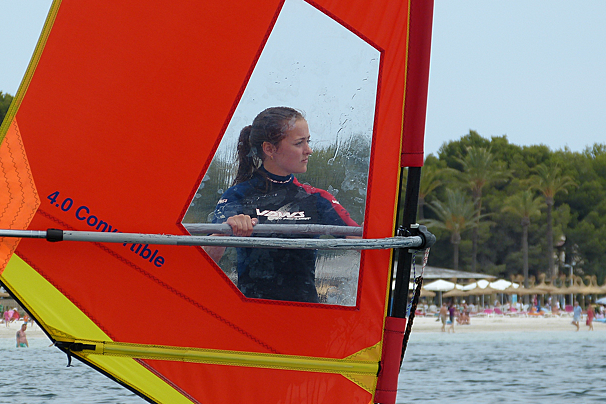
At the end of every course successful trainees are issued an internationally acknowledged windsurfing certificate (VDWS). This certificate entitles holders to hire windsurfing crafts at all water stations, and certifies their skills.

This is a luxurious villa that has been restored from old ruins with great care to incorporate the original architecture with a modern design.
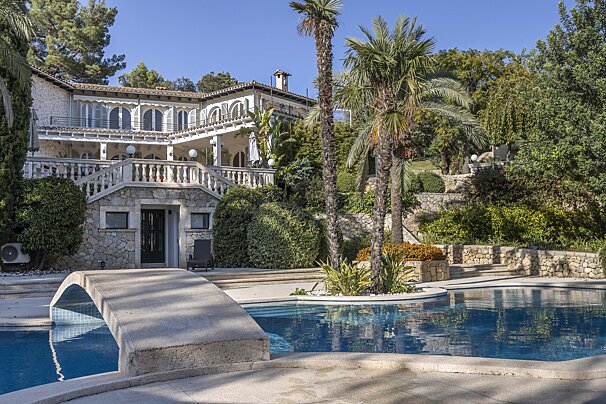
Son Dur-hi estate offers all the peace and seclusion of an exclusive retreat. This stunning, secluded villa is ideal for gathering with your family and friends to enjoy Mallorcan countryside living at its best. Large groups are well catered for with the main house with three bedrooms and a separate annexe with two double bedrooms.
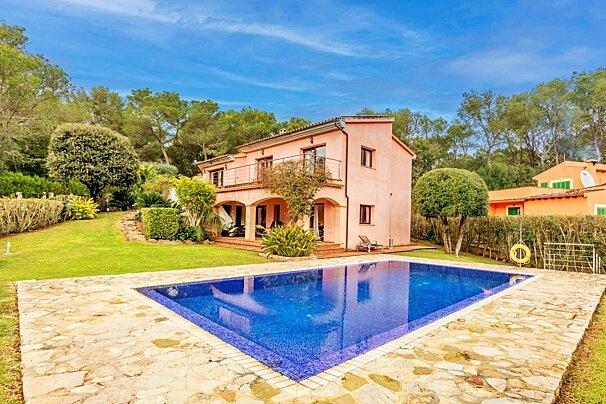
Magnificent, spacious and cosy holiday home with private pool and 5 bedrooms, accommodating up to 10 guests in spacious interiors surrounded by manicured gardens.
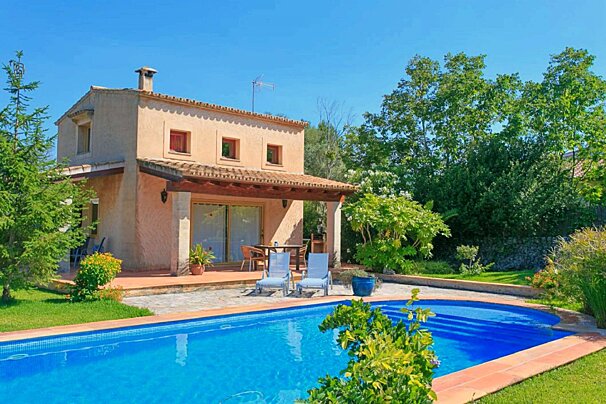
Crestaix d'Alt is a lovely house situated in Crestaix, a peaceful residential area between Sa Pobla and the old Roman town of Pollensa.

Welcome to this exclusive holiday villa, a unique retreat in one of the most sought after areas of Mallorca. If you are looking for peace and quiet away from the hustle and bustle, but with the convenience of being close to everything you need, this villa is the place for you.
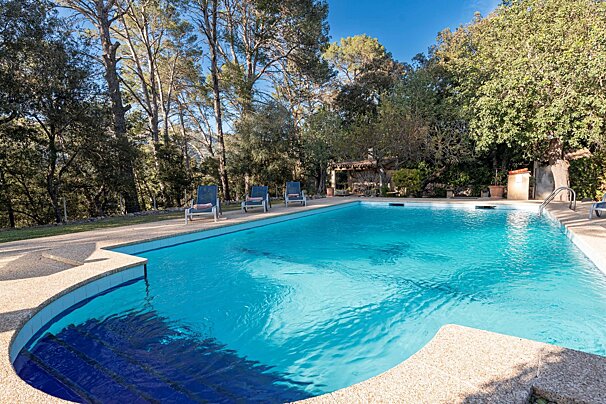
Located in the valley and surrounded by the mountains of Campanet, we find this exclusive villa lined with natural stone and surrounded by large terraces, Ca na Rossa, ideal place for those who want to escape from the hustle and bustle of people, here you can enjoy nature and tranquility.
Staying in short-term rental accommodation gives you the freedom to enjoy the town at your own pace. Whether in the historic centre or near the mountains, it’s a relaxed and flexible base. With extra space and the option to cook or dine out, it’s ideal for a comfortable holiday.

Son Dur-hi estate offers all the peace and seclusion of an exclusive retreat. This stunning, secluded villa is ideal for gathering with your family and friends to enjoy Mallorcan countryside living at its best. Large groups are well catered for with the main house with three bedrooms and a separate annexe with two double bedrooms.

This is a luxurious villa that has been restored from old ruins with great care to incorporate the original architecture with a modern design.
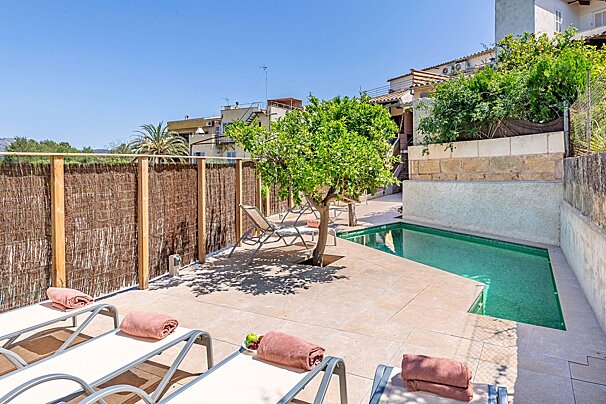
Font 39 is a beautiful and cozy town house with a private pool that enjoys a privileged location within the traditional town of Campanet, in the center of Mallorca.

Crestaix d'Alt is a lovely house situated in Crestaix, a peaceful residential area between Sa Pobla and the old Roman town of Pollensa.
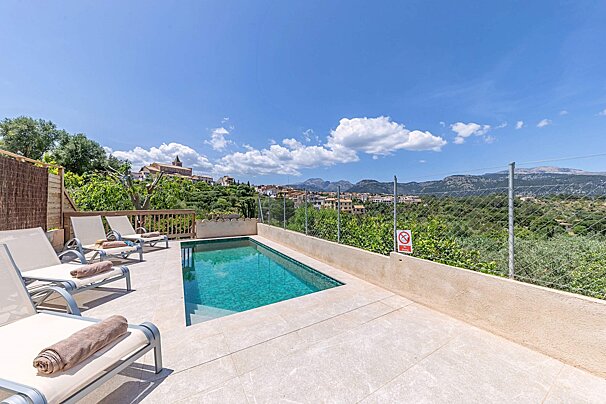
Font 41 is a magnificent house with a private pool where you can appreciate the emblematic Sierra de Tramuntana and the traditional town of Campanet.

Welcome to this exclusive holiday villa, a unique retreat in one of the most sought after areas of Mallorca. If you are looking for peace and quiet away from the hustle and bustle, but with the convenience of being close to everything you need, this villa is the place for you.
The area offers a fantastic range of hotels to suit all budgets, with increasing attention in recent years for its luxury boutique-style accommodation.

An old Majorcan finca from the 18th century, with older settlements that date back to the Arabic period. It is located in the lush valley of San Miguel (Campanet) between the forests of the northern Tramuntana mountain range and its own mountains.
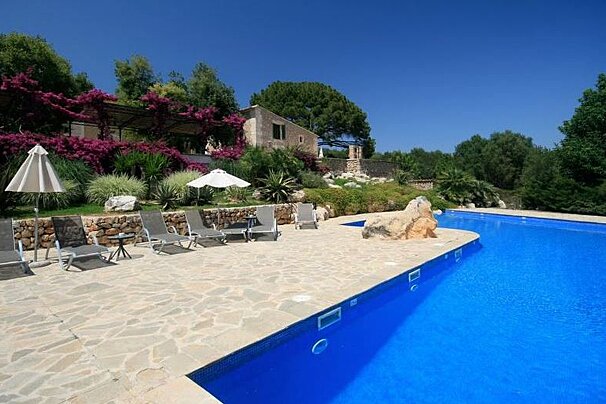
Son Siurana is a beautifully refurbished farmhouse that is close to the sandy beaches of Alcudia and Pollensa. Its location on the slope of a hill dominates the landscape and has wonderful views over the surrounding countryside.

Situated in a magnificent country estate of 150.000 m² located in the North of Mallorca, the building dates from the 16th century.

This charming boutique hotel is fairly unique as it offers yoga, pilates and cooking retreats throughout the summer and autumn months.
Car hire is a viable option in Mallorca, and Sa Pobla is only a 45 minute car journey from Palma airport. Or take the worry out of getting from the airport by booking a private transfer.
There is no direct bus route from Palma airport to Sa Pobla, you would need to change in Palma bus station.
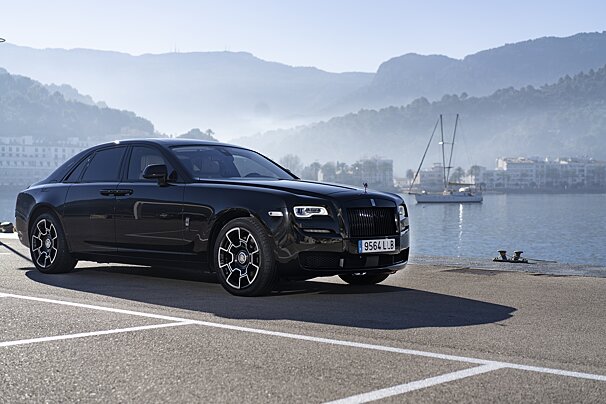
Experience luxury and convenience with this company. Arrive at your yacht charter, sunset tour or boat trip in unparalleled style in a Rolls Royce Ghost.
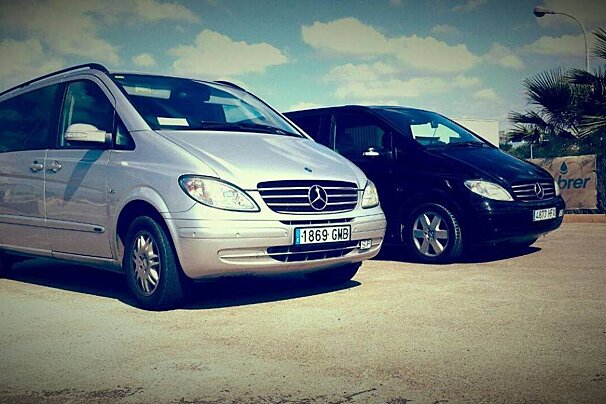
The established company have been offering a reliable, reasonably priced, private transfer service in Mallorca since 1993.

Multilingual company offering transfers from the airport to your destination.

The only British taxi driver in Mallorca, offering airport transfers to destinations throughout the island.
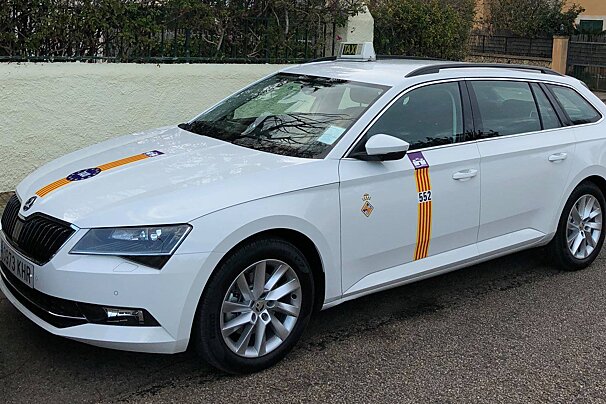
Taxi PMI is the Association of Taxi Drivers of Palma de Mallorca, who provide visitors with an efficient and reliable airport transfer service, whilst also eliminating the need to stand in a queue and wait for the next available taxi.
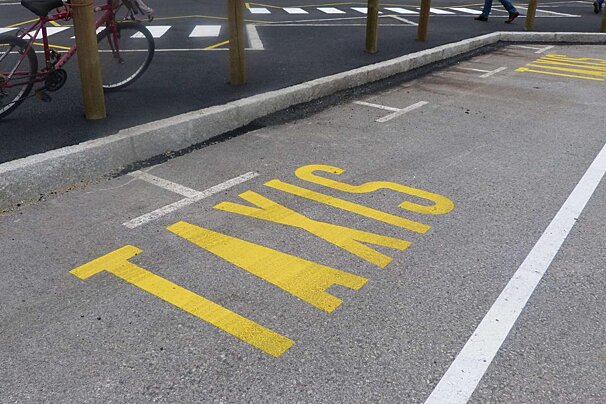
This transfer company offers cheap and reliable Airport Transfers to all destinations in Mallorca with official vehicles and professional drivers.

Located in the tranquil urbanisation of Crestatx in Sa Pobla, this property is perfect for those seeking a natural and well-connected environment. With a functional design, the home is spread over two floors, offering comfortable and practical living spaces for families or friends to enjoy.
Find out all about what is happening in Mallorca and how to make the most of your time here. The latest news, reviews of fun activities, fabulous beaches, current events and the trendiest restaurants, as well as interviews with leading locals, insider's guides and our top choices for things to do, see, and experience on the island.
See allLatest News & ReviewsThe island hosts all sorts of events, including agricultural fairs in the spring and autumn, live music and DJs in the summer, religious fiestas and international sporting events. Some of the most popular are the Mallorca 312 cycling race in April, the Copa del Rey sailing regatta in July and the Moors vs Christians mock battle in September.
See allUpcoming Events